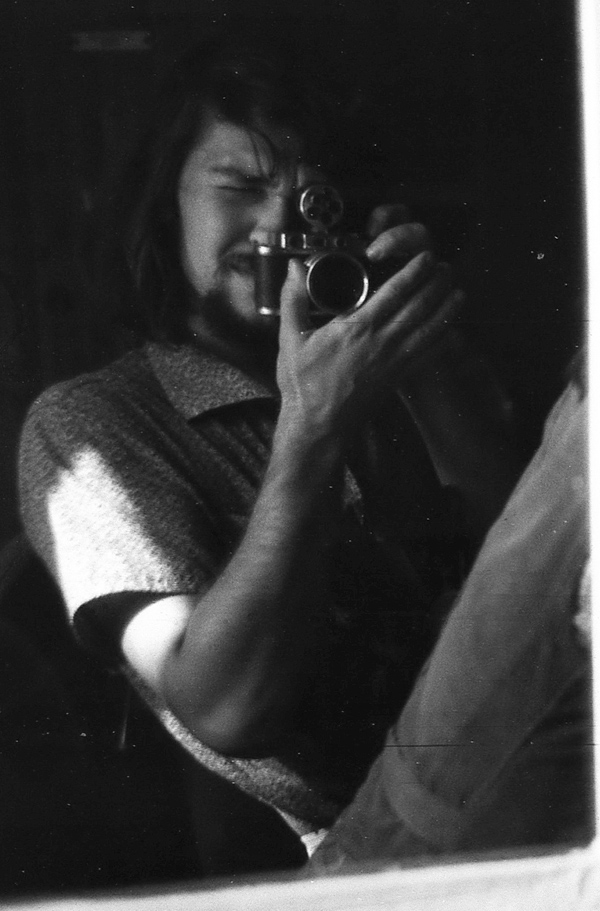Vladimir Starko
 © Vladimir Starko, Self-Portrait
© Vladimir Starko, Self-Portrait
About The Artist:
While Kharkiv photographers were experimenting with montages, overlays and hand-coloring thus changing the look of traditional photographic images, Vladimir Starko (b. 1956) chose to work exceptionally with black and white film and even consiously refused to crop his images. He printed them full-frame or not at all.
Starko is represented here by his work of the early 1980's, but he was an active photographer until mid-1990's. In the late 1980's – early 1990's he belonged to the Gosprom Group, and this new documentary black and white reality became one of the group's key aesthetic principles.
Contemporary audience read Starko's images as strictly anti-Soviet. His The Window series spoke about the Iron Curtain which banned the Soviet people access to the rest of the world. The Twinkle, Twinkle, Little Star series showcased the deterioration of the main Soviet symbol.
Author's statement
Photography is a mirror; the camera is like sissors, it cuts out the part of reality corresponding with the artist's perceptions, thoughts and even philosophy at the moment of pressing the shutter release button. So any interference with the image, cropping included, is a sign of inferiority, as if photography itself weren’t good enough.
Twinkle, Twikle, Little Star
I lost my communist ideals quite early. When I was a fifth-grade school kid I put my red pioneer scarf in my breast pocket instead of tying it the proper way. I was immediately called to the school principle for a disciplinary talk. The Star series demonstrates the commonly shared Soviet people's attitude toward Soviet symbols. A five-cornered star, once a symbol of the Devil, was chosen by the communists to scare, but it lost its intimidating qualities and turned into a meaningless routine sign of everyday life that nobody cared to notice.
View Portfolio: Portfolio: Untitled
View Portfolio: 36 Views of Mount Karadag
View Portfolio: Twinkle, Twinkle, Little Star
We welcome your comments. VASA Exhibitions are the result of various curators, artist, and photographers.